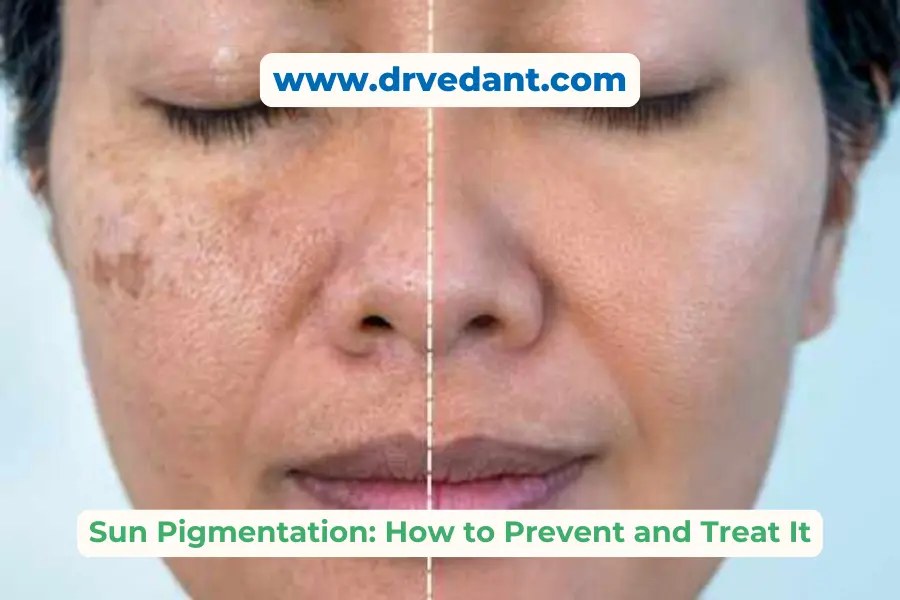
But unfortunately, it comes with an uninvited side effect: sun pigmentation. Also referred to as sunspots, age spots, or solar lentigines, sun pigmentation refers to patches of darkened skin, a problem many people face, particularly individuals who spend extended time in the sun. The bright side? Sun pigmentation is avoidable, and with the proper skincare regimen, sun pigmentation can be successfully treated.
Dr Vedant Ghuse, a leading skin specialist in Ghatkopar, in this blog shares everything you need to know about sun pigmentation and how to prevent and treat it.
Sun pigmentation results from the skin's production of more melanin, the colouring pigment that gives skin its colour in reaction to sun exposure. It may lead to flat, tan, or brown patches on skin areas that receive frequent sun exposure, such as the face, hands, shoulders, and arms. While not usually harmful, the patches tend to darken over time and may cause uneven skin tone and premature ageing.
Prevention is your best protection against sun pigmentation. Here's how to guard your skin:
The most important step is applying a broad-spectrum sunscreen with SPF 30 or higher, daily, rain or shine. UV rays can pass through clouds and windows, so regular use is essential. Reapply every two hours if you're outdoors or sweating.
Long sleeves, wide-brimmed hats, and sunglasses can protect your skin from direct sun. UV-protective clothing is also a worthwhile investment for those who spend considerable time outdoors.
The sun is at its harshest between 10 a.m. and 4 p.m. Try to stay indoors or in the shade and limit your exposure.
Certain ingredients, like retinoids or AHAs can make your skin more sensitive to sunlight. Add them to your PM routine and never forget to wear SPF during the day, especially after using photosensitising products. It’s best to search for the best skin and hair specialist near me and consult the expert before using such products.
If you’re already seeing signs of sunspots or uneven skin tone, don’t worry, there are several treatment options to help fade them.
Incorporate products with ingredients known to reduce pigmentation, such as:
Gentle chemical exfoliation with AHAs (glycolic acid) or BHAs (salicylic acid) may assist in the removal of dead skin cells and enhance product penetration. Steer clear of harsh scrubs that can irritate and exacerbate pigmentation.
For more persistent spots, dermatological treatments like chemical peels, laser treatment, or microneedling can provide quicker results. Always consult a professional to decide on the best treatment for your skin type.
According to Dr Vedant Ghuse, the best skin specialist in Chembur, sun pigmentation is a prevalent skin issue, but it doesn't have to be for life. With intelligent sun behaviour and an appropriate skincare routine, you can safeguard your complexion and minimise current discolouration. Prevention really is the best solution, so begin with sunscreen and remain persistent. Your skin will thank you with cleaner, more even-toned colour.